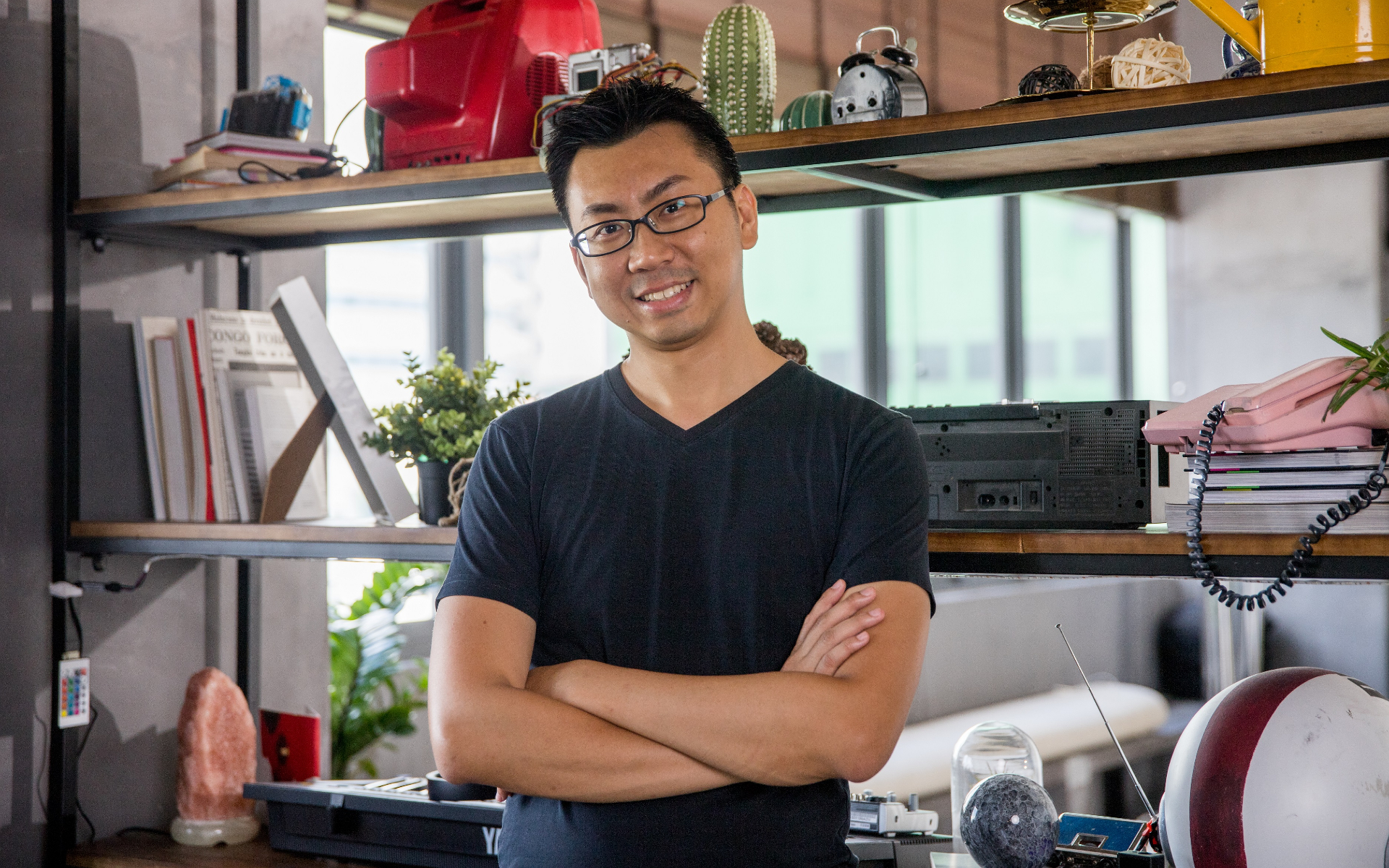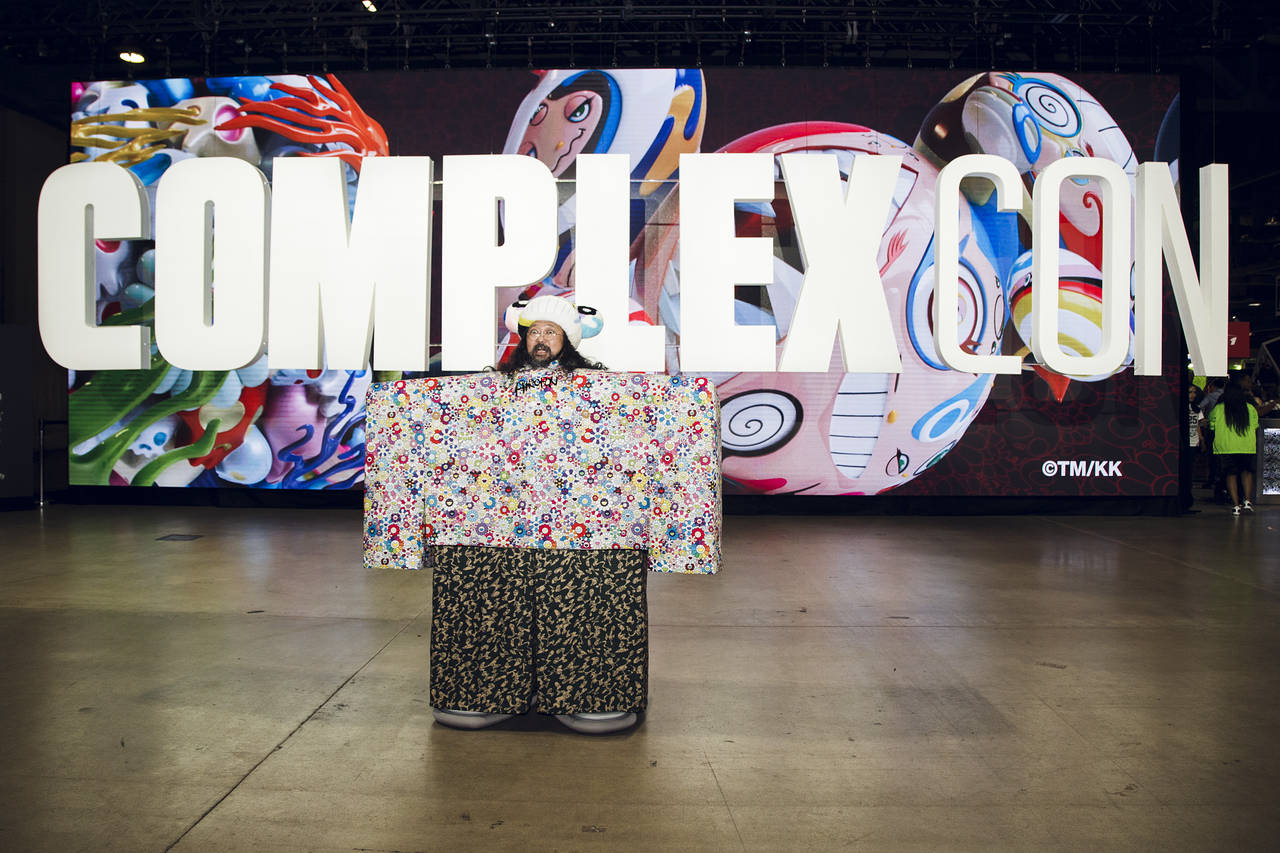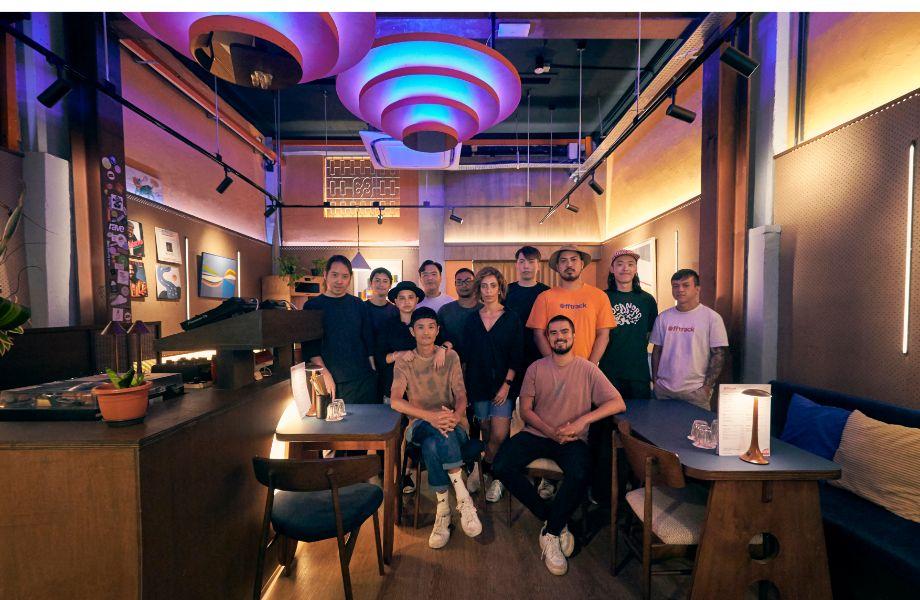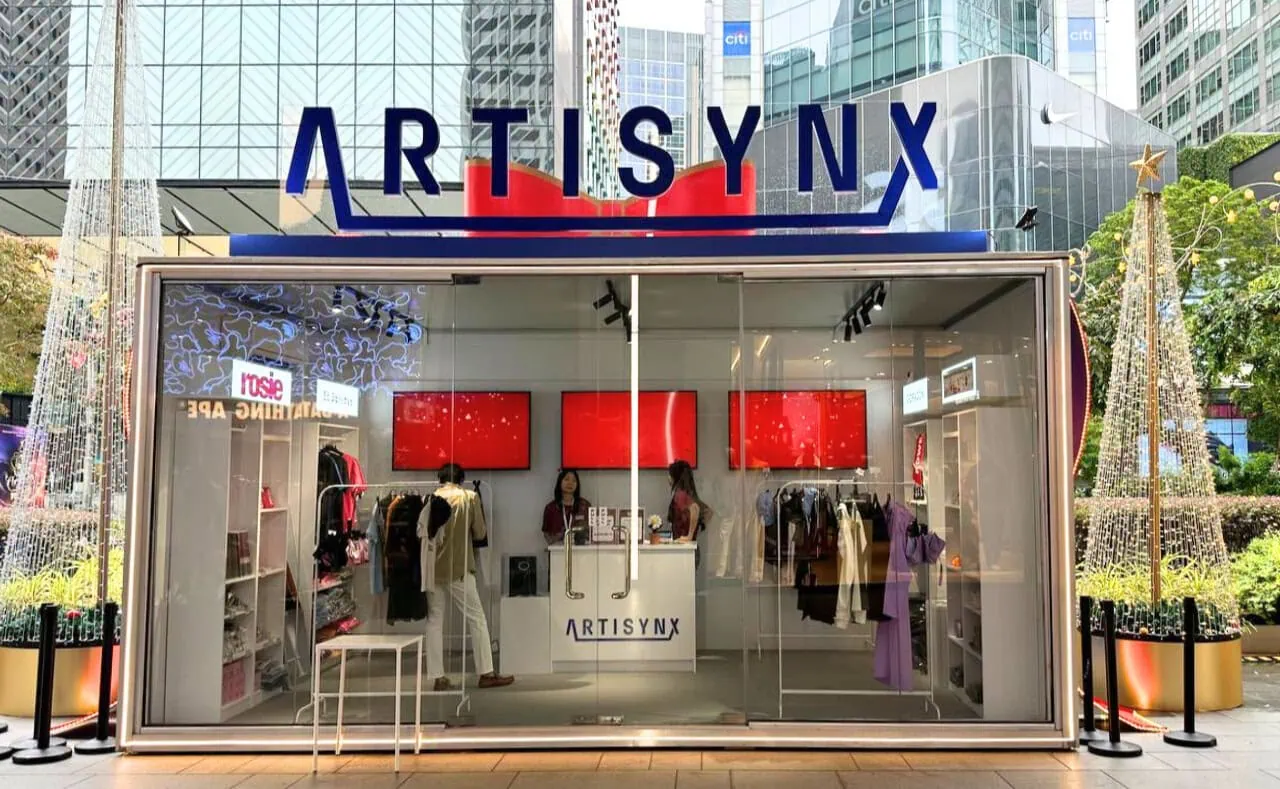Well thought out, good design is something we almost never notice; it’s only when something doesn’t work that we do. When it comes to design in Singapore, we have been graced with a substantial number of top quality industrial and commercial designers. Now there is an opportunity for us to benefit from more quality design with the Singapore Good Design Awards.
The Singapore Good Design Awards is overseen by Design Business Chamber Singapore (DBCS) and was set up to create benchmarks for “exceptional design that impacts businesses and communities”. Vice President of DBCS and Director of transdisciplinary practice at Studio Dojo, Hong Khai Seng is the person in charge of discerning which designs match the criteria and top the list of innovative design winners.
Despite now being a major mover in the Singapore design community, Khai Seng says that he began as a “quiet observer” rather than a “flamboyant design auteur”.
“Back in school, I worried that I wouldn’t have any employable skills – who is going to pay someone like me to sit there to listen and look? The pivotal realisation came when I worked part-time bartending at a recreation club for the foreign navy when they were docked in Singapore up in a remote part of Sembawang,” begins Khai Seng.
“As a bartender, I didn’t get many tips as the waitresses would be the ones out there serving customers. One day, I observed someone sitting by the pool, drinking a Guinness Stout. Through my observation skills, I noticed he came at the same time consecutively, sitting at the same lounge chair. The next day, I specially iced a few cans of Guinness so that it wouldn’t turn warm too fast in the tropical heat, and placed it at his usual seat. When he came by and saw it, he came over and tipped me $50 for each can! I recall that was a really big sum for a student to receive. That’s when I realised there’s money in the power of observation, understanding people’s behaviour and helping them have a better experience.”
Khai Seng then enrolled in Computer Science in university, but says that it was a module entitled Human-Computer Interaction that made the most impact on his career. The subject focused on how IT systems were so badly designed that a massive manual and training was needed, to know how to use a computer.
“I found that design wasn’t just about making things look good, as I can’t draw to save my life! It’s also about understanding the world of the people you’re designing for. That’s how I found my niche in design research,” says Khai Seng.
“I am always fascinated with understanding people and how they think and behave, so being able to do that and come up with creative ways to make people’s lives better seemed like a no-brainer to me. I think this also shows that the concept of design has shifted to become a more inclusive discipline that many different people with different talents, interests and experience can be a part of.”
After a career working with large MNCs and enterprises, Khai Seng has now turned his talents to helping social organisations to “improve their mental wellness practises, helping redefine the future of education or supporting the growth of the interfaith community in Singapore”.
“I’m also volunteering at the Design Business Chamber Singapore (DBCS), where I’m currently serving as Vice President. At DBCS, our role is to grow the awareness and interest of design and also spotlight the great work of the design community.”
What is good design?
Khai Seng is known for his saying that “good design has to possess awareness, attention to detail and responsibility to address constraints and its users”. In this context he says that one of his personal favourite designs is the humble toothpick.
“I love the humble Japanese toothpick. It may seem very normal, but it reveals its ingenuity to those who need it. You’ll notice that there are small grooves at the top of the toothpick – those aren’t there for no reason. It allows you to break off the tip to use as a rest for the toothpick. In Japan, people reuse their toothpicks and placing it on the rest instead of the table helps maintain the hygiene and cleanliness standards that they are famous for,” Khai Seng explains. “It’s a great example of good design that does not shout out for attention – it just works when you need it to.”

Another favourite design is the winner of the Gold Awards for Singapore Good Design Mark, Kohler’s Struktura Hygiene Urinal: “It may be a bit unusual to consider something in the restroom as being well designed. What the design team did was focusing on a previously unserved group – Muslim men, and how they cleansed themselves for their religious ablution practices. They paid a lot of attention to detail for such a touchy subject and I’m happy to see how the power of design can spotlight and serve those with unvoiced needs.”
With so many options and designs filling the world, how does Khai Seng weed the wheat from the chaff?
“The Lonesome Hotel, the Platinum winner for SG Mark 2021 last year, was a great example of having started with the awareness that no one actively seeks out information about the plight of the elderly living in solitude. With that constraint in mind, they were still able to reach out to the public by creating a pop-up ‘hotel’. When people came across this while searching for hotels, they would then encounter the heart-wrenching lives of seniors that live alone, subverting their expectations,” says Khai Seng.
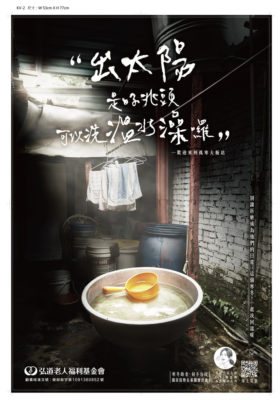
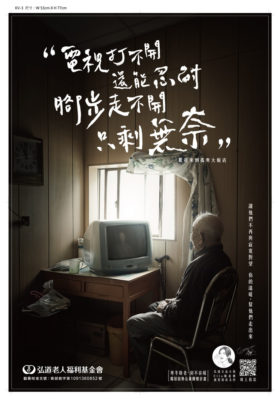
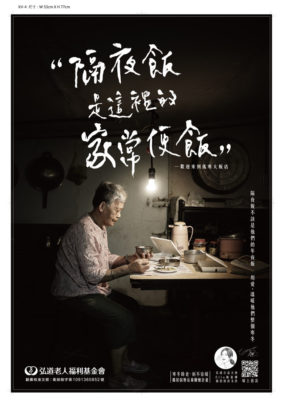
“Another example of addressing constraints is how Singapore Airlines had to pivot and combat the unpredictable COVID situation quickly by digitising their inflight menu and upgrading their ticket rebooking flow and managing the multiple travel advisory notices. Design helped to orchestrate the whole end-to-end experience and helped to create peace of mind amidst the turbulence caused by the pandemic.”
Is there a Singapore or Asian Design style?
“To understand Singaporean Design, we need to step back to understand what the Singapore identity is. Some people say we are still young and have less heritage than other countries. Others have thoughts like – melting pot, mix of east and west, being pragmatic yet striving for excellence. I love that the conversation is still forming. In a sense, we are making history and creating heritage as we go along. Isn’t that exciting?!” explains Khai Seng.
“For me, there isn’t a particular aesthetic that defines Singaporean Design. I do believe it’s deeper – in the philosophy, the process and the dedication to balancing multiple factors. I can see it reflected in the criteria for being conferred the Singapore Good Design Mark. Beyond aesthetics, it’s a mix of having empathy, taking advantage of inspiration and strokes of ingenuity, providing value to people, being ethically and socially responsible and taking a sustainable long-term perspective,” says Khai Seng.
When asked if there is a ‘specifically Asian’ style of design, Khai Seng points out that Popspoken has published a number of good articles on Asian design, identifying our story on sustainable Asian fashion brands, an interview with President Design Award winner Kelly Cheng and a piece on Malaysian born designer Jonathan Liang.
“I do think there are visual motifs and even design principles like minimalism that may be specifically Asian. My hope is we can transcend Asian design trends and grow into trends created by Asians,” says Khai Seng.
“One example is the way K-pop music, music videos and fashion trends have developed into something enjoyed by the entire world. The massive success of groups like BTS or Blackpink show me that we are widening our country or region-specific perspectives and hopefully moving towards a more world-conscious perspective.
“It sounds super corny and cliché, but I really believe if more Asians set their sights for a bigger stage while being rooted in our heritage, the world will become better because of it!”
As for the future, specifically the rise of AI or Artificial Intelligence design, Khai Seng believes that it will become even more important to understand what it means to be human.
“Sometimes, exploring the technical side of things then allows us to come back full circle to appreciate and understand people even more.”
The Singapore Good Design Awards 2022 is open for submissions until 28 February 2022. Submissions can be made to its 8 entry categories, including Product, Architecture, Interior Design, Experience Design, Digital Solutions, Branding, Sustainable Design and this year’s Special Category: Virtually Unlimited. Go to sgmark.awardsplatform.com to submit your entry. For more information about Singapore Good Design SG Mark, go to sgmark.org.


